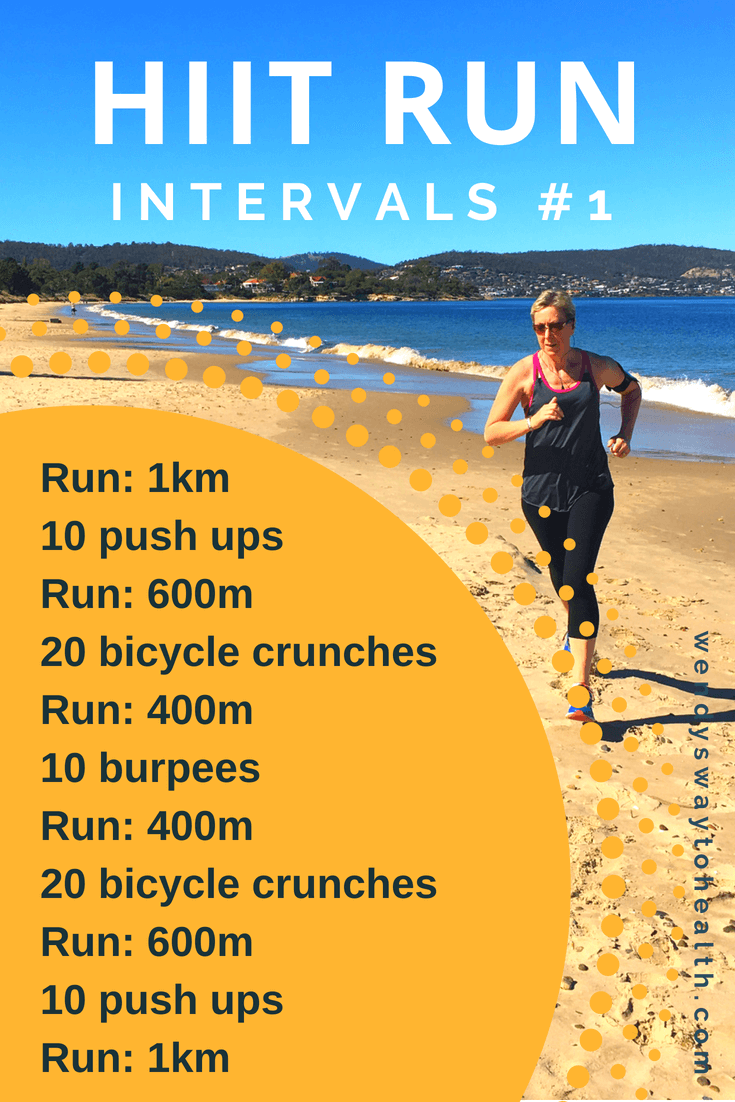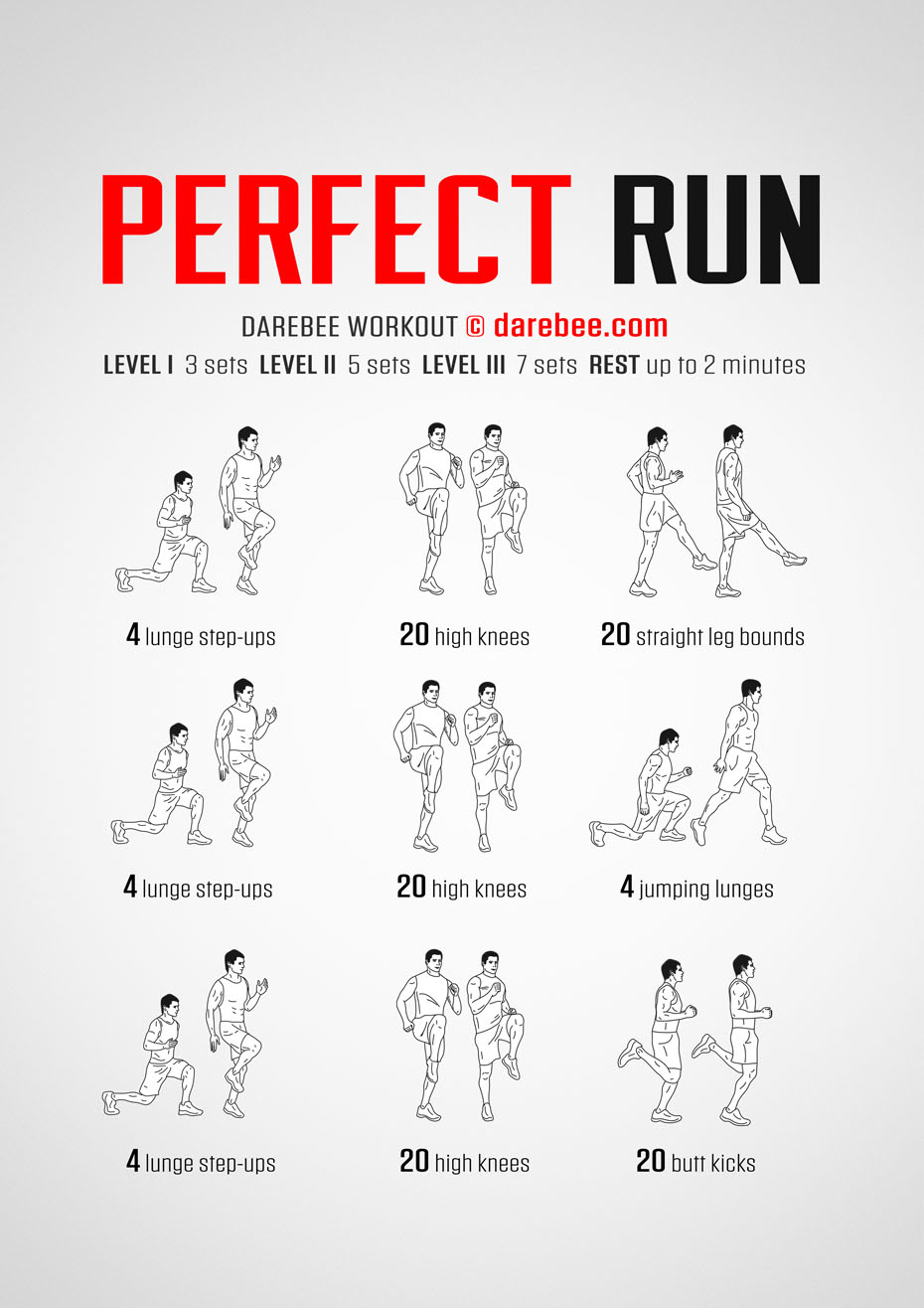The Ultimate Overview to Handling Pain When Running
Whether you are an experienced marathoner or simply beginning your running trip, understanding the various types of pain that can develop and the approaches to address them is vital. From pre-run workout regimens to appropriate shoes selection, there are countless variables to think about when it comes to dealing with pain while running.

Understanding Various Sorts Of Running Discomfort
When running, it is vital to compare different sorts of pain to avoid injuries and make best use of efficiency (Read More). One common sort of discomfort that runners may experience is muscle soreness, which typically arises from the tension put on muscle mass during workout. This kind of discomfort is often a regular component of the running process and can be managed via appropriate warm-up, cool-down, and extending regimens
An additional type of discomfort to be familiar with is joint discomfort. Joint discomfort can indicate issues such as overuse, incorrect form, or underlying problems like arthritis. Overlooking joint pain can cause more serious injuries, so it is crucial to deal with any pain promptly and potentially look for specialist guidance.
Furthermore, sharp or stabbing discomforts should not be disregarded. These sorts of discomfort can signify acute injuries such as strains, sprains, or anxiety cracks - running workout. Remaining to run with these kinds of pain can intensify the injury and extend recuperation time

Pre-Run Warm-Up and Stretching Routine
To prepare the body for a running session, carrying out an effective pre-run warm-up and extending routine is vital. A proper workout helps raise blood circulation to the muscle mass, improves adaptability, and minimizes the risk of injury throughout the run. By integrating a constant pre-run workout and extending routine right into your running program, you can optimize efficiency and reduce the threat of pain or injury.
Proper Shoes Choice and Fit
Selecting proper footwear that fits well is crucial for joggers to stop pain and decrease the risk of injuries. Ill-fitting footwear can cause sores, black toe nails, shin splints, and other unpleasant problems that can hinder efficiency and sideline training. When choosing operating footwear, it is necessary to consider aspects such as foot type, running stride, arch support, padding, and shoe size. running workout. Seeing a specialized running store for a stride evaluation and specialist fitting can assist make certain that you choose the right shoes for your private demands. Running footwear ought to offer appropriate support and security while additionally fitting and light-weight. In addition, it is recommended to replace your running shoes every 300-500 miles to keep correct cushioning and support. Buying top quality shoes that is ideal for your running style and foot anatomy is a positive step towards stopping discomfort and injuries throughout your runs.
Nourishment and Hydration Tips for Discomfort Avoidance

Hydration is similarly essential for joggers to avoid aches, dehydration, and other pains that can lead to pain throughout running. It is recommended to consume an appropriate amount of water throughout the day and specifically in the past, during, and after running sessions. Electrolyte-rich drinks or sporting activities drinks can likewise be advantageous for renewing shed minerals and maintaining correct fluid equilibrium. running workout (Read More). By prioritizing nourishment and hydration, runners can boost their performance, decrease pain, and take pleasure in an extra comfortable running experience.
Post-Run Recuperation Techniques to Ease Pain
Carrying out efficient recuperation strategies is crucial for alleviating pain and promoting muscle recovery after running sessions. Additionally, topping aching locations for 15-20 minutes can assist decrease inflammation and numb discomfort post-run.
Moisturizing adequately post-run is critical for renewing fluids lost throughout exercise and aiding in muscle recuperation. Taking in a well balanced treat or meal that includes healthy protein and carbs within half an hour of finishing a run can aid repair muscle mass cells and replenish energy shops. In addition, getting sufficient remainder is important for enabling the body to repair and enhance muscles. Including active healing tasks such as light walking or swimming can likewise help promote blood flow and minimize muscle tightness - Read More. By incorporating these post-run healing strategies right into your routine, you can properly manage pain and optimize your running performance.
Verdict
In verdict, resolving different types of running discomfort via proper workout, stretching, shoes option, nutrition, hydration, and post-run healing methods is important for pain prevention and monitoring. By recognizing the reasons for discomfort and applying these strategies, joggers can minimize discomfort and prospective injuries. It is crucial to prioritize total physical health and wellness and wellness to make sure a successful and satisfying running experience.